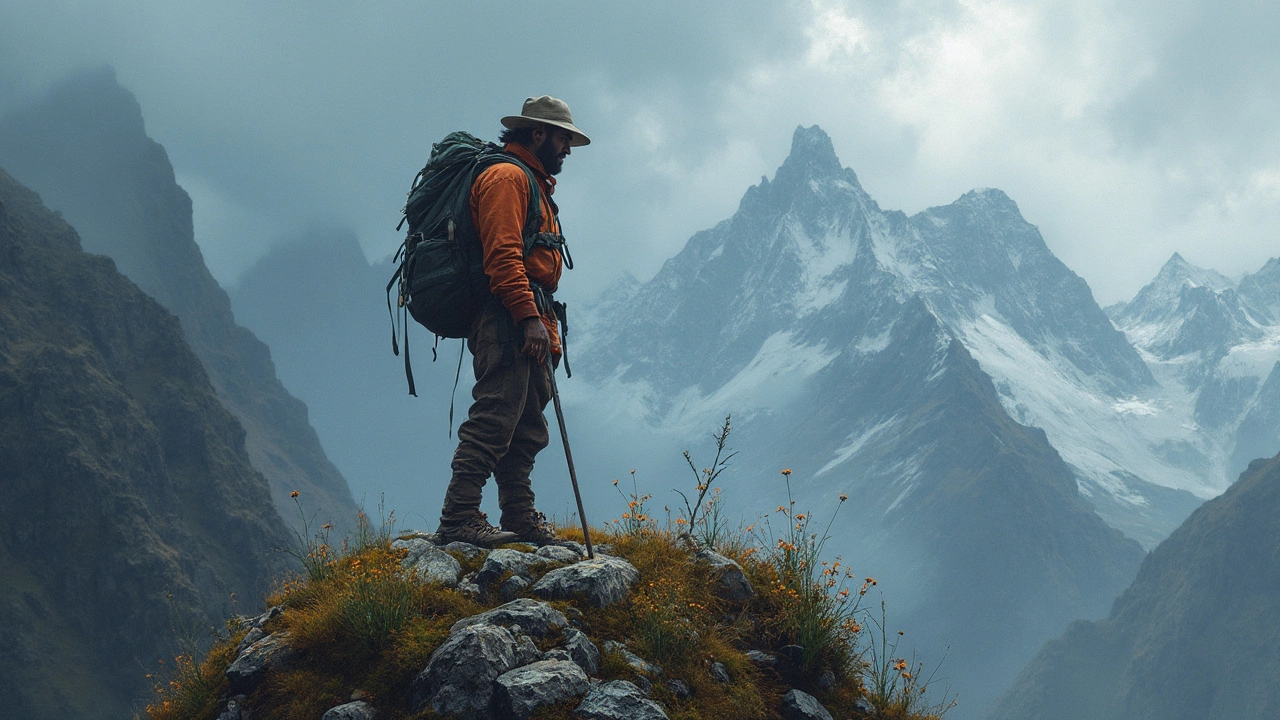SEARCH
Extreme Hiking Trails in India: Where Adventure Meets Challenge
If you’re itching for a hike that pushes you to the limit, India has a handful of trails that deliver pure adrenaline. From the snow‑capped peaks of Ladakh to the dense forests of the Western Ghats, these routes test stamina, skill, and nerves. Below you’ll find practical advice on how to prepare, what gear to pack, and which trails should be on every serious trekker’s bucket list.
Must‑Try Extreme Routes
1. Chadar Trek, Ladakh – Walking on a frozen river at 15,000 ft is not for the faint‑hearted. Temperatures dip below −10°C, and the ice can be slippery. Start early in the season (January–February) when the ice is thick enough to support your weight. Book a reputable guide; solo attempts are risky.
2. Stok Kangri, Leh – A classic 20‑day ascent that lands you at 6,153 m. The climb involves steep snow slopes, crevasses, and unpredictable weather. Acclimatization is key – spend at least two days at base camp before the summit push.
3. Kumara Parvatha, Karnataka – This Western Ghats giant demands a rugged trek through shola forests, steep rock faces, and occasional river crossings. The trail is technical, so basic rock‑climbing skills help.
4. Sandakphu–Phalut, West Bengal – The highest point in West Bengal offers a grueling 70 km trek across the Singalila Ridge. Altitude (3,636 m) plus monsoon rains make the path slippery, so waterproof boots are a must.
Gear Essentials for Extreme Hiking
Don’t skimp on your pack. A lightweight, waterproof shell, insulated mid‑layer, and moisture‑wicking base layer follow the 3‑layer rule for hiking. A sturdy pair of trekking boots with good ankle support prevents twists on rocky sections. Pack a reliable headlamp (800 lumens minimum), a compact stove, and a high‑energy snack mix of nuts, dried fruit, and chocolate.
Navigation tools matter: a GPS device, detailed topographic maps, and a compass are non‑negotiable. Even if you have cell service, signals can drop abruptly on high passes.
Safety gear includes a first‑aid kit, whistle, mult‑tool, and a lightweight emergency bivvy. For high‑altitude routes, carry a portable oxygen canister and know how to use it.
Remember to check the weather forecast the night before you set out and keep an eye on local advisories. In the Himalayas, weather can change in minutes, turning a clear sky into a snowstorm.
Finally, train your body. A mix of cardio, strength training, and stair climbing builds the endurance needed for long ascents. Start a 4‑week conditioning program at least two months before your trek.
With the right preparation, you’ll find that extreme trails aren’t just a test of muscles—they’re a chance to see India’s most remote, awe‑inspiring landscapes. Strap on your boots, double‑check your pack, and set off on an adventure you’ll never forget.

Hardest Place to Hike in India: Where Trekking Gets Real
Curious about the hardest place to hike in India? This article uncovers the ultimate challenge for trekkers and what makes it such an unforgiving adventure. You'll discover brutal terrains, wild weather, real-life stories, and what it takes to test your limits. We'll toss in some helpful tips and must-know facts if you're thinking about tackling India's most intimidating trek. It's everything you want to know before stepping onto the toughest trail.
Continue reading